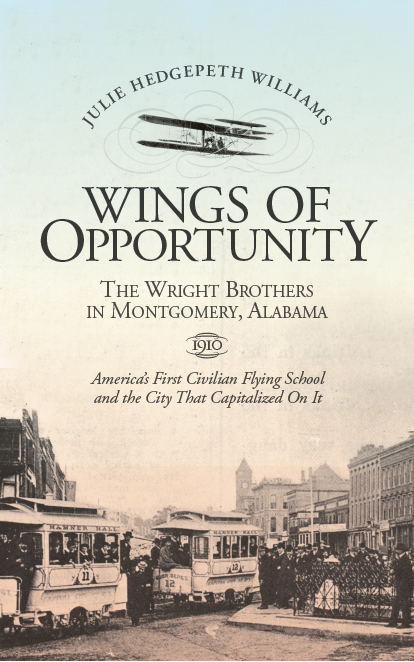Memphis Magazine profiles Sailing to Alluvium author John Pritchard
Tuesday, June 25th, 2013 by Brian Seidman
Lush images and equally evocative writing mark a new profile of writer John Pritchard in Memphis Magazine, by Michael Flanagan with photographs by Brandon Dill. Flanagan, who knew Pritchard from when Flanagan was a student and Pritchard an English professor, let Pritchard take him on an intimate tour of the Mississippi Delta as only Pritchard could conjure; the Delta is also the setting of Pritchard’s first two acclaimed books, Junior Ray and The Yazoo Blues, and his new book forthcoming from NewSouth in October, Sailing to Alluvium.
Despite that John Pritchard is in his seventies, Flanagan writes in “Heart of the Delta,”
“He keeps a short ponytail and close-trimmed beard and you can find him in seersucker suits in the summer, and woolen knickers and stockings in the winter. He is genteel, raised in a society of manners, and speaks with an accent like fellow Deltan Shelby Foote — something that only adds to his charm. When you visit with him you feel as though you are being adopted into the world he comes from.
But he is far from the provincial stereotype of the small-town world.
John has lived in Memphis for more than 30 years, working as an English professor for most of that time. But the last eight years have changed things a little. Since the mid-2000s, John has won acclaim for two novels set in the Delta, which follow in the Southern literary legacy of Mark Twain, Flannery O’Connor, and John Kennedy Toole, but fall in a place of their own.
The first of these, Junior Ray, was named one of Barnes and Noble’s “Sensational Debuts” in 2005, and the sequel, Yazoo Blues, was given a starred review by Publishers Weekly after its release in 2008. Pritchard himself was nominated for the 2009 fiction award by the Mississippi Institute of Arts and Letters.
I asked John why he wanted to write about the Delta.
“Well, it’s where I’m from,” he says. “It’s what made me.”
Flanagan notes that the profane narrator of Pritchard’s books, Junior Ray, “offers the reader … a perspective [of the Delta] that goes beyond an outsider’s view. As Virgil leads Dante through the afterlife, so John uses Junior Ray to guide his readers through the backroads, the juke joints, and the small towns of Mhoon County. And along the way he offers his unsolicited opinions on everything from God and sex, to the white landowners, the black community, a clever alternative to nuclear weapons, and everything else.”
In the Memphis Magazine piece, however, it is Pritchard who is Flanagan’s guide to the Delta, even taking him out beyond where Flanagan previously believed the Delta ended. Flanagan writes,
Soon we come to the top of one long, high climb. Nail Road suddenly plummets and the horizon leaps miles away in the distance to the west. Through a proscenium of tree trunks and the shade of full boughs, a sun-filled tableau of farmland opens in a wide valley beneath us. And meeting this flatland, just below the horizon, is the Mississippi River.
“There’s the Delta,” John says. He lets go of the steering wheel as we begin to descend, and lifts his hands into the air like a carnival-goer on a roller coaster.
“Here we go.”
And we speed between rust-colored ravines, descending from the hills, and enter the Mississippi Delta.
Though Pritchard’s book are humorous, even satirical in nature, in their conversation Flanagan uncovered at least one larger meaning to the works. “By the end of the ’60s, mules were going out the door,” Pritchard tells Flanagan. “There’s no more hand labor — there’s none. I mean, you don’t have people out there working the bean fields and the cotton fields, you have that big tractor back there. … Junior Ray is about change, from men and mules to mechanization. It’s not explicit, but it’s in there. The message is that the Delta’s changing.”
John Pritchard’s third book in the Junior Ray Saga, Sailing to Alluvium, will be published in October 2013. Download a preview of Sailing to Alluvium (PDF or eBook), or view the official book trailer.
Read “Heart of Delta” in full at the Memphis Magazine website.

 Samford University journalism professor Julie Hedgepeth Williams is the author of
Samford University journalism professor Julie Hedgepeth Williams is the author of  Two NewSouth Books authors came together recently when syndicated columnist Rheta Grimsley Johnson (
Two NewSouth Books authors came together recently when syndicated columnist Rheta Grimsley Johnson (
